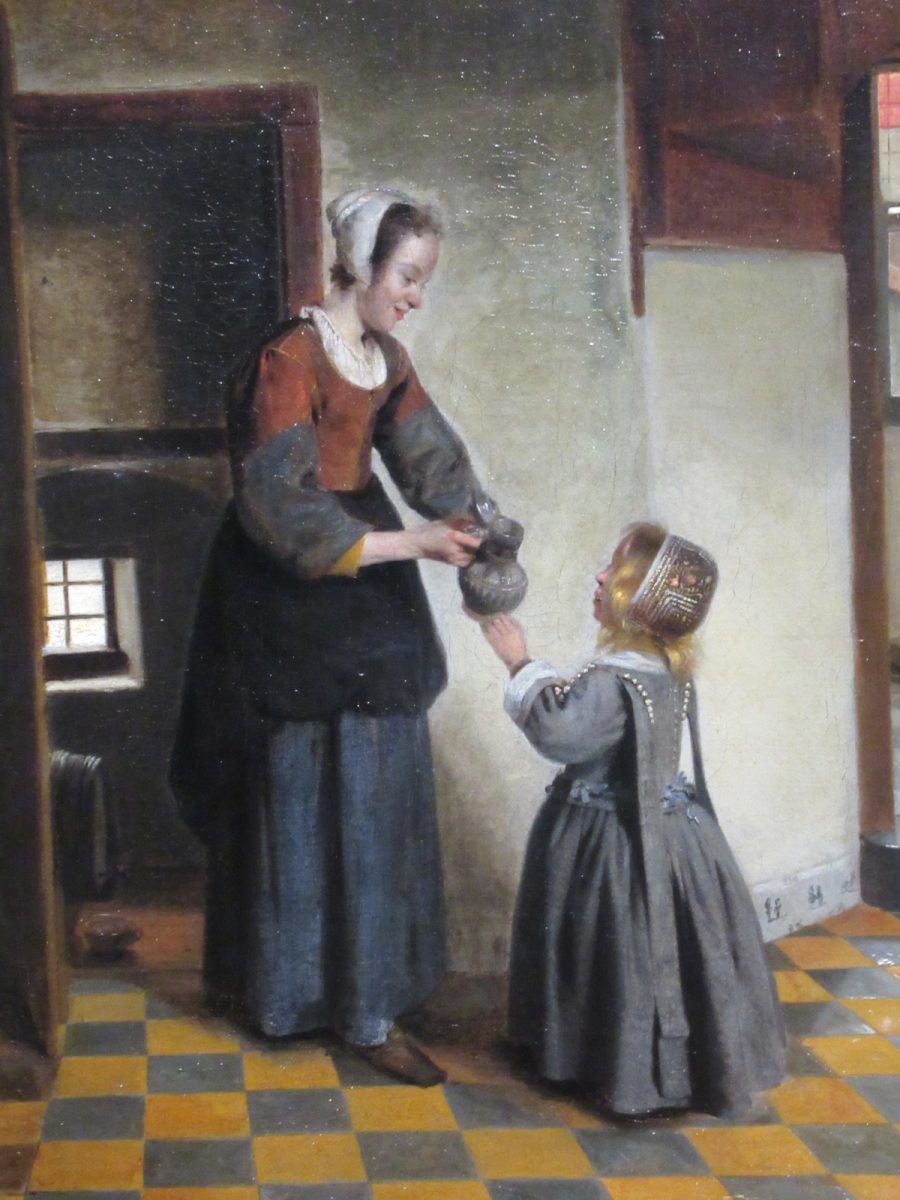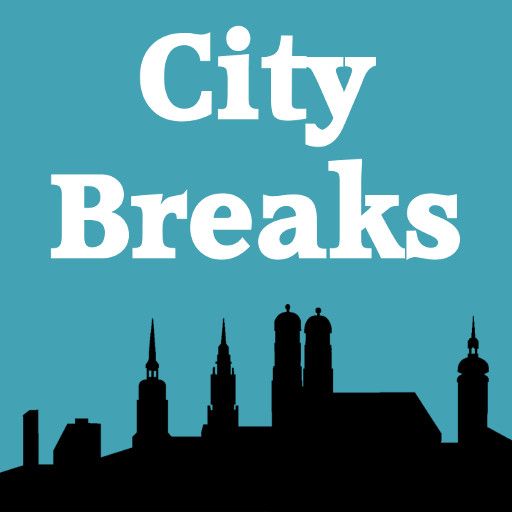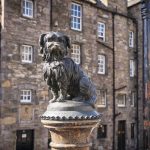This episode takes you to Amsterdam’s Golden Age, the era when, as the Encyclopaedia Britannica puts it, ‘the little nation on the North Sea was one of the most powerful countries in the world, dominating the seas and flourishing in trade, science and – especially – the arts.’ First, there’s a little history to explain how this phenomenon came about and what it meant for Amsterdammers and for the rest of the world, then we visit three different places in the city where you can find out more. As ever, there is more detail on the podcast.
a little history


Amsterdam’s Golden Age began in 1588 with the founding of the Dutch Republic and ended in 1672 when English and French forces invaded and an economic downturn resulted. During this period, the Netherlands was a world power, dominating the seas, profiting from trade with and between other European countries, leading the exploration of further-off lands and opening up trade routes in Asia and the Far East. There was a darker side too, notably the country’s colonial activities and key role in the slave trade. To recognise this, the period is often now referred to as ‘the Dutch Era’ rather than the Golden Age.
amsterdam as a trading powerhouse


This description from The Coffee Trader by David Liss makes a good introduction to 17th century Amsterdam: ‘He was part of the procession that formed each day when the bells of the Nieuwe Kerk struck two, signalling the end of trading on the Exchange. Hundreds of brokers poured out onto the Dam, the great plaza at Amsterdam’s centre. They spread out along the alleys and roads and canal sides. Along the Warmoestraat, the fastest route to the most popular taverns, shopkeepers stepped outside ….. They set out sacks of spices, rolls of linen, barrels of tobacco. Tailors and shoemakers and milliners waved men inside; sellers of books and pens and exotic trinkets cried out their wares.’
During this era, the Dutch dominated trade between European countries, shipping, for example, wine from France and Portugal to the Baltics and wood and grain from northern Europe to the Mediterranean countries. They traded cleverly, stockpiling grain, for example, in order to profit from shortages when harvests failed. Dutch sailors ventured much further afield too, importing spices from Asia in huge quantities and founding the world’s first multinational corporation, the VOC, or Dutch East India Company. It was financed by shares and the resulting Amsterdam Stock Exchange ensured that huge profits were made in what became the 17th century’s largest commercial enterprise.
golden?


Amsterdam was thriving during this period, full of merchants making a fortune, providing jobs for sailors and shipbuilders and plenty of trade for artisans and shopkeepers. Melchior Fokkens, visiting in 1662, described the city thus:
‘All the buildings stand tall … some of them 2, others 3 and 4 stories high; sometimes their great cellars filled with merchandise. Within, the houses are full of priceless ornaments so that they seem more like royal palaces than the houses of merchants, many of them with splendid marble and alabaster columns, floors inlaid with gold, and the rooms hung with valuable tapestries or gold and silver-stamped leather worth many thousands of guilders.
But there were negatives. The long voyages were risky and sailors, as Dutch historian Geert Mak explains, died in their thousands: ‘They would fall down from the mast, be swept overboard, murdered by pirates, contract scurvy, malaria or dysentry, or would go down with their ships’. Financial disaster caused by frantic speculation was another danger, for example the ‘Tulip Mania Crash’ which ruined so many families in 1637. The plague and other diseases led to many premature deaths, childbirth was perilous and infant mortality was high – examples are given on the podcast. And there was the stain of slavery. Many thousands of slaves were taken to America in Dutch ships, 1 in 5 of whom did not survive the journey.
amsterdam’s golden age for culture


‘It is impossible to talk about the Dutch Era without talking about the titans of Dutch painting’. (Holland.com) Amsterdam’s newly wealthy merchants were eager to commission paintings and art flourished like never before. It’s estimated that some 5 million master-quality paintings were produced during the Golden Age in the Netherlands, many of them by artists who are household names today: Rembrandt, Vermeer, Frans Hals, Albert Cuyp. See Episode 08 (The Rijksmuseum) for much more on this. It was also the era of Joost van den Vondel, the country’s best-known writer, as well as a period when sciences – astronomy, physics, microbiology – flourished and when philosophers – Spinoza and Descartes for example – lived, thought and wrote in Amsterdam.
3 places to visit


Number 4, Jodenbreestraat, the house where Rembrandt lived and worked for 20 years from 1639, is now a museum. It’s been restored to its 17th century style and touring the rooms gives a good indication of what life was like then: a basement kitchen, complete with a bed where the housemaid slept, the voorhuys and sijdelcamer where Rembrandt discussed commissions, the living room where his wife Saskia gave birth to their son Titus, dying 9 months later at only 30; a museum room where he kept his collection of exotic treasures such as a headdress from Brazil and spears from Central Africa – a reminder of the many links Amsterdam had to other continents because of the travels of her sailors.
You can also visit Rembrandt’s large studio on the first floor, faithfully renovated to match one of his drawings of it. On the top floor is the studio where his apprentices worked. He employed 2 or 3 at a time, about 50 in total, and they worked up here in little curtained-off cubicles, learned drawing and painting under the master’s guidance and sometimes also helping him by painting backgrounds on some of his works.

Amsterdam Museum tells the story of the city’s history, including a large section on the Golden Age, explained, for example, through paintings: group portraits commissioned by wealthy city merchants, paintings of the harbour and the ships bringing wealth to Amsterdam, depictions of City Hall, built in the 1650s, of Dam Square and of the expensive new houses springing up on the ‘Golden Bend’, a section of the Herengracht. Other exhibits help to explain the workings of the city in this period, the powerful families, the Dutch East India Company, the exotic plants and animals being brought back from faraway lands which encouraged a growth in science and the establishment of the Amsterdam Hortus, or Botanical gardens.


The Rijksmuseum is the city’s enormous art gallery and its website states that ‘More than thirty galleries are devoted to the glory of the Dutch Golden Age, when the young merchant republic enjoyed its heyday as a world leader in trade, science and scholarship, the art of war and the fine arts.’ See Episode 08 for a fuller treatment, but here you can feast your eyes on those very Dutch works by Pieter de Hooch (interiors, family scenes), Vermeer (The Milkmaid, The Love Letter) and, of course, lots of Rembrandt including self-portraits and the museum’s top attraction, The Night Watch.
Also here are many beautiful objects typifying the Golden Age, such as an ebony cabinet with mother of pearl inlays – specially designed to show off materials brought back from the Far East. Don’t miss Petronella’s Dolls House, a replica, of a stunning toy building commissioned by a wealthy Golden Age lady and rumoured to have cost as much as an actual house. It’s exquisite, perfect in every detail – real running water, a library of miniature leather-bound books, cupboards full of tiny clothes and china sets, all specially commissioned from local carvers, glassblowers and silversmiths. Very Golden Age!
Listen to the podcast
reading suggestions
The Embarrassment of Riches The Dutch Golden Age by Simon Schama
The Coffee Trader by David Liss
Amsterdam A Brief Life of the City by Geert Mak
Amsterdam A History of the World’s Most Liberal City by Russell Shorto
The Invention of Amsterdam A History of the World’s Greatest City in 10 Walks by Ben Coates
links for this post
Rembrandt House
Amsterdam Museum
Rijksmuseum
Previous Episode Amsterdam’s Churches
Next Episode coming very soon
Last Updated on April 23, 2025 by Marian Jones





